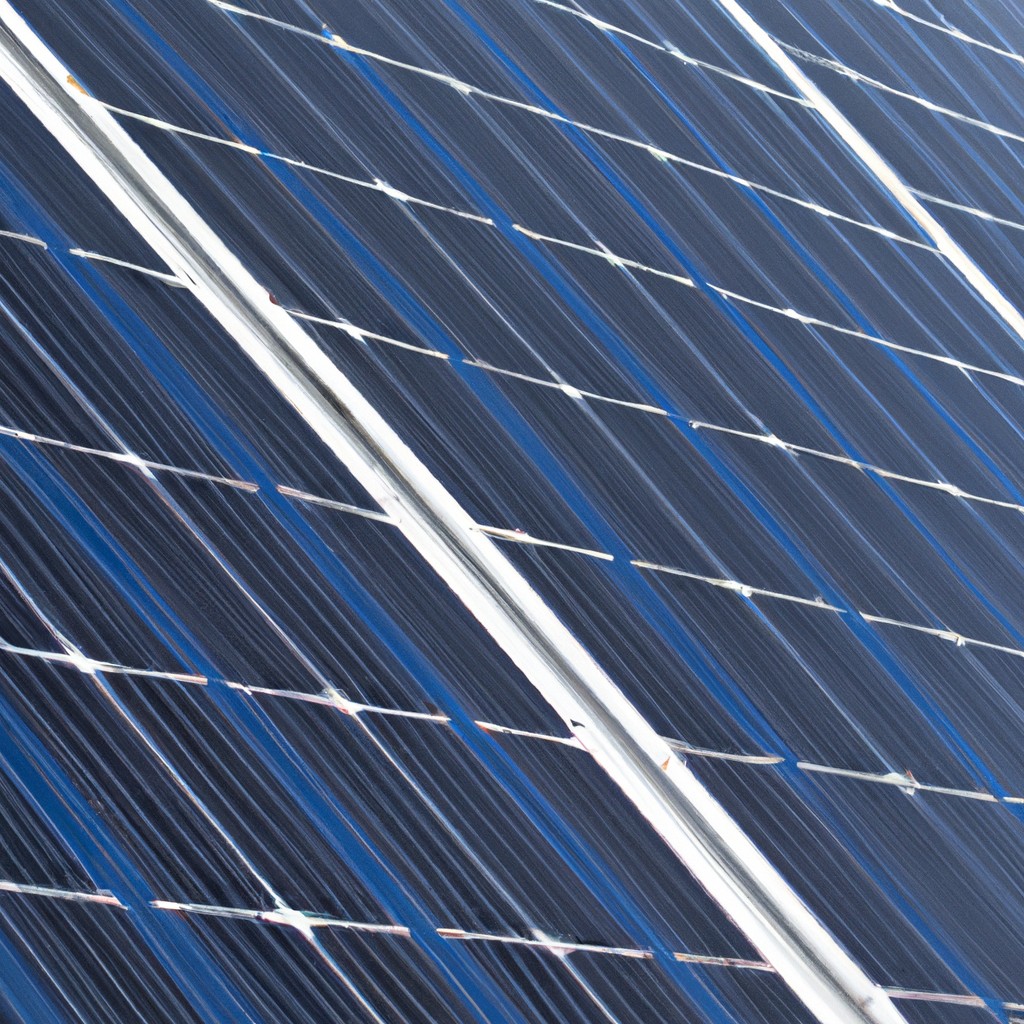Discover how to position your solar panels to maximize energy efficiency and harness the power of the sun effectively.
Key takeaways:
- Latitude determines the starting angle for solar panels.
- Adjust panel angle based on season: flatter for summer, steeper for winter.
- Roof pitch affects panel exposure and angle adjustments.
- Local solar installers can help determine the optimal panel angle.
- Adjust panel angle to capture sunlight changes throughout the year.
Optimal Solar Panel Angle

The quest for the optimal angle appears to be more about mathematics than artistry. Essentially, this angle is one where the sun’s rays hit the panels directly, maximizing the amount of energy captured. Here’s more on the art and science behind it:
– Geography’s Whisper: Your location on the globe significantly dictates the sunniest spot for your panels. This sweet spot in degrees can be roughly estimated by your latitude. Closer to the equator? Flatter is better. Nudging towards the poles? Angle them steeply to catch that elusive sun.
– Seasonal Fashion: Just like your wardrobe changes from summer shorts to winter coats, your panels’ angle may also need tweaking with seasons. During winter, when the sun is playing hard to get, angling your panels steeper helps to catch those rare rays. Summer days, abundant with sunlight, call for a more laid-back, flatter angle.
Understanding these factors helps in setting up your solar panels in a way that they bask gloriously in the sunlight, ensuring maximum efficiency. After all, who doesn’t want their solar panels to sunbathe effectively?
Factors That Affect Solar Panel Angle
Latitude is the starting block when deciding the angle of your solar panels. Essentially, it’s your geographical thumb rule. The closer you are to the equator, the flatter your panels should be. Headed toward the poles? Tilt them up!
Roof pitch might just simplify everything for you. If your roof’s slant is close to your area’s ideal angle, you can install the panels directly on it. It’s like winning the alignment lottery where everything just clicks into place instead of suiting up for a geometry battle.
Time of year plays its part too. In summer, the sun is like a celebrity on a high stage—aim your panels lower to catch its eye. Come winter, it’s hiding low, almost like it’s a bit shy, so tilt those panels up to capture its elusive glance.
These factors ensure your solar panels capture maximum sunshine and perform at their peak, turning your roof into a powerhouse, literally and figuratively!
Latitude
Latitude is a key player in the solar panel angle game. The rule of thumb is simple: the tilt of your panels should roughly match your latitude. If you’re lounging at 35 degrees north, angling your panels at 35 degrees helps you maximize sunlight capture.
But here’s the twist: latitude only provides a starting point. Seasonal adjustments can boost efficiency. In summer, subtract 15 degrees from your latitude for optimum exposure. In winter, add 15 degrees. This small tilt-tweak ensures your panels soak up the sun year-round, not just during beach season.
Still puzzled about your perfect angle? No worries! Most local solar installers are like walking GPS devices for sun angles and will help you pinpoint the exact degrees.
Roof Pitch
Understanding roof pitch is crucial when determining the most effective angle for solar panel installation. If your roof has a steep pitch, this can significantly impact the panel’s exposure to sunlight. Conversely, a flatter roof might require additional tilting of the panels to catch those rays more effectively.
- A few key points to consider:
- Moderate pitch roofs: These often align closely with your latitude, making them naturally efficient for solar panel placement.
- Steep roofs: You might need to mount the panels on a flatter angle than the roof itself to maximize sun exposure, especially during winter months when the sun is lower.
- Flat roofs: These offer flexibility as you can set up the panels at the optimal tilt without being confined by the roof’s slope.
Each roof’s unique characteristics play a pivotal role in the positioning of your solar panels, ensuring you squeeze every drop of efficiency from your solar array. It’s a balancing act between aesthetic, structural integrity, and energy efficiency.
Time of Year
As Earth struts its stuff around the sun, the intensity and angle of sunlight change with the seasons. For solar panels, this catwalk of seasons means their angle needs a tweak to capture the most energy.
During summer, the sun is your overly friendly neighbor peeking over the fence—that is, it’s higher in the sky. Set your solar panels at a flatter angle to catch those rays head-on. Think bathing in the sunshine, not dodging it.
Winter turns the sun into a more elusive character, staying low like it’s playing hide and seek. Tip your panels steeper to snag those shy winter rays.
Simply put, adjusting your solar panels according to the season maximizes your energy harvest—like adjusting your hat for the best sun protection, but with less risk of a sunburn.




